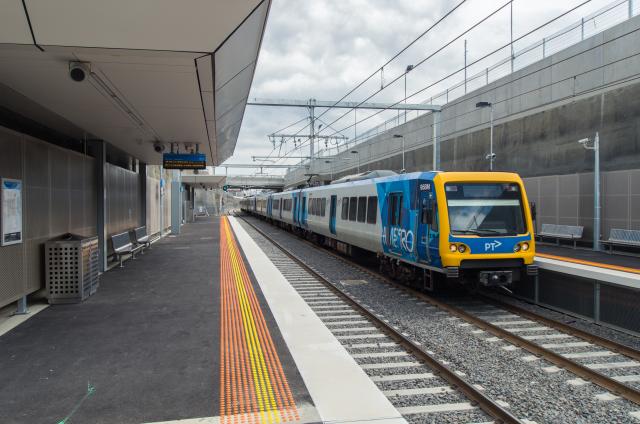The Real Estate Institute of Australia and SQM Research have released a report showing the number of homes available to buy in Australia has fallen to 2.5 percent, down from 4.5 percent in 2008.
The report suggests that taxes on purchasing homes, such as stamp duty, is making buying a home more difficult for Aussies.
The number of available homes is considerably lower in major capitals and cities of Australia, as opposed to more regional areas.
Figures in the report show that stamp duty in Australia has increased from 3.2 percent of the price of a home in 2011, to 4.2 percent of the price of a home in 2021.
“We aren’t saying this is the whole reason, but this does seem to be a leading contributor,” says founder of SQM Research and author of the report, property analyst Louis Christopher.
However, Mr Christopher notes that the percentage of listings in 2008 may also have been impacted by the global financial crisis, which would’ve seen an increase in people listing their homes for sale out of fear of financial harm or loss.
The report also suggests that the current low level of listings are related to extended lockdown situations in Victoria and New South Wales.
“There has definitely been a stamp duty bracket creep,” Mr Christopher says.
“We think that has increased the overall transfer cost, and we believe that would be a fairly significant disincentive to move house.”
Even more concerning is that overall property numbers in Australia have increased significantly. In 2008, there were approximately 8.6 million properties in total, but recent estimates suggest that this number is now 9.6 million.
“We are at risk that over the medium term, listings could go even lower from here,” Mr Christopher said.
“Unless we see a whole range of changes that are needed to address affordability.”
Stamp duty percentages paid for houses in Melbourne currently make up 5.4 percent of the value of the house, up from 4.3 percent in 2012. Stamp duty on units in the city also increased from 4.2 percent of the value of the unit in 2012, to 5.2 percent in 2021.
Adrian Kelly, the president of the Real Estate Institute of Australia, is calling on state and federal governments to find an alternative to rising stamp duty fees to increase housing affordability.
Other options include an annual land tax, which is supported by the Real Estate Institute of Australia and has also been recommended by the federal government’s Productivity Commission. However, the annual tax on land and homes has been met with disapproval on behalf of pensioners and retirees who may not be able to afford the yearly fee.
“All of the premiers have got to get their heads together and come up with something better than we have got now — particularly for the first-home buyers,” says Mr Kelly.
Statistics provided by Deloitte Access Economics was included in the report, suggesting that abolishing stamp duty would result in an initial 30 percent sales increase, which would then increase to 60 percent over three years.
Source: realestate.com.au








